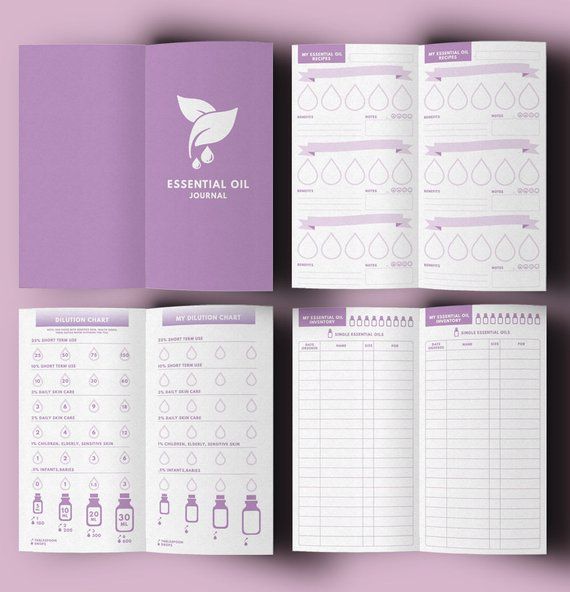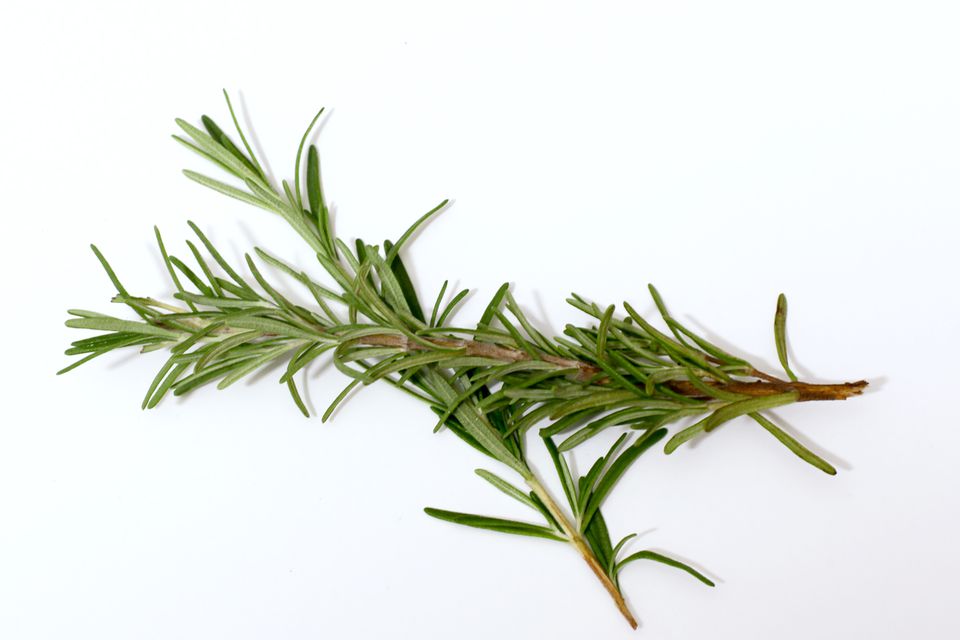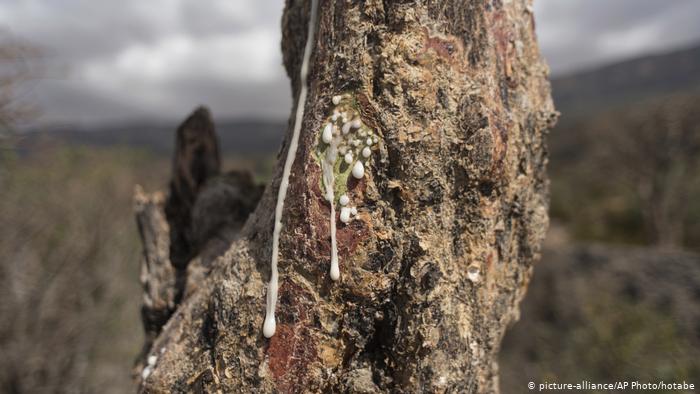Although you can use essential oils singly, aromatherapists like to blend two, three or more oils together to make a closer match to the person's physical and emotional needs. The blend can include aromas particularly liked. For example, whilst a medicinal-smelling oil may work well as an antiseptic it helps if the aroma is pleasing as well if it's to address the important emotional aspects that contribute to many illnesses. Furthermore, what you think of as a 'pleasant' or 'unpleasant' is often a very personal choice.
Remember that pure essential oils are very concentrated and by experimenting with different combinations, you will discover that what may not smell particularly appealing in the bottle neat, makes the most alluring of aromas in a good blend. Nevertheless, it can take time to re-educate you nose, and in time you may find yourself coming back to blends originally rejected or recipes you earlier discounted.
Find the right blends
Most blends use 3-4 oils to provide an overall scent with hints of individual oils underlying this - catching the nose's attention at different times. It's important that you record your results whenever you try blending new fragrances, to keep a record of what works and what doesn't. Experience will soon give you an idea of which top, middle and base note scents work well together and which don't.

Using perfume notes
Simply put, a well-balanced blend contains top, middle and base notes. Top notes are highly volatile so their smell evaporates quickly. Middle notes last a little longer and add warmth and fullness to a blend. Base notes are heavier, long lasting, and able to 'fix' other aromas - slowing the evaporation of top and middle notes to increase the blend's staying power. However, knowledge of perfume notes is not essential. After all, the system was invented by a perfumer, not an aromatherapist.

Take the base notes. None of the base oils could be suitable in a burner to promote mental alertness. To sharpen the mind, choose highly volatile oils with a piercing or refreshing quality such as lemon, peppermint, pine and rosemary (top and middle notes).
It would be counterproductive to add a heavy base note like sandalwood or vetivert, as these oils tend to lull the mood.
- Odour Intensity: Incredibly potent oils will overwhelm all other ingredients unless used in tiny doses. Oils with an intensely strong aroma should be used sparingly.

- Avoid Clashing Scents: As you experiment you'll discover that some scents just do not go together.
- Purpose: Make sure you use the right oils for the job. For example, don't use stimulating oils or invigorating oils for a relaxing healing bath.
- Preferences: If you or the recipient favour particular scents, see if these oils have beneficial qualities so that they can be included.
Happy Aroma Families
Another way to look at blending is to follow the principle that 'families' of aromas blend harmoniously. Mixing oils from different family groups can produce stunning results. For example, the combination of woody ylang ylang with floral jasmine and gentle rose produced the original Chanel perfume. All three oils have delicate scents and originate from different families, yet they blended together to create a fragrance that took the world by storm. Many scents can be appreciated in various ways if they are mixed with oils from different families. The following lists four families and examples of good blends.
- Herbaceous clary sage, chamomile
- Citrus bergamot, mandarin, lemon
- Floral rose, neroli, ylang ylang
- Woody cedarwood, sandalwood.
Other compatible blends are spices with citrus ginger/lemon/bergamot, florals with citrus ylang ylang/lemon, peppery notes with woods juniper berry/cedarwood, and resins with floral and citrus frankincense/rose/mandarin.
Woods and resins are a good match too frankincense/cedarwood is a classic. Oils from fragrant grass family combine well, especially the lemony/floral scent of palmarosa with a hint of Lemongrass.

Or try marrying wildly differing personalities, such as ancient, enigmatic frankincense with everyday lavender, rose scented geranium with a slight trace of peppermint, heady neroli with a hint of musky patchouli or earthy vetivert. Another surprisingly good blend is intoxicating jasmine awakened with a hint of black pepper.
Common Blending Methods
Mixing oils from the same family can produce very good healing blends and is common practice in aromatherapy. The qualities of the oils can complement and strengthen each other and produce a very focused healing effect as such oils will often have similar properties. The fragrance will also have an overall effect, such as floral, citrus, or woody. This does not tend to work so well for perfumes, however, as such blends often lack subtlety that defines a really good scent.
Aromatherapists often talk about creating a synergistic blend when they mix oils. This refers to the overall effect they are striving to achieve - a synergy where all the various scents within the blend work in harmony.
Use you nose
A standard practice is to pick out six or more appropriate oils and sniff each fragrance individually, then decide which oils are likely to blend well together. You nose should eventually discriminate between 3-4 oils to blend.